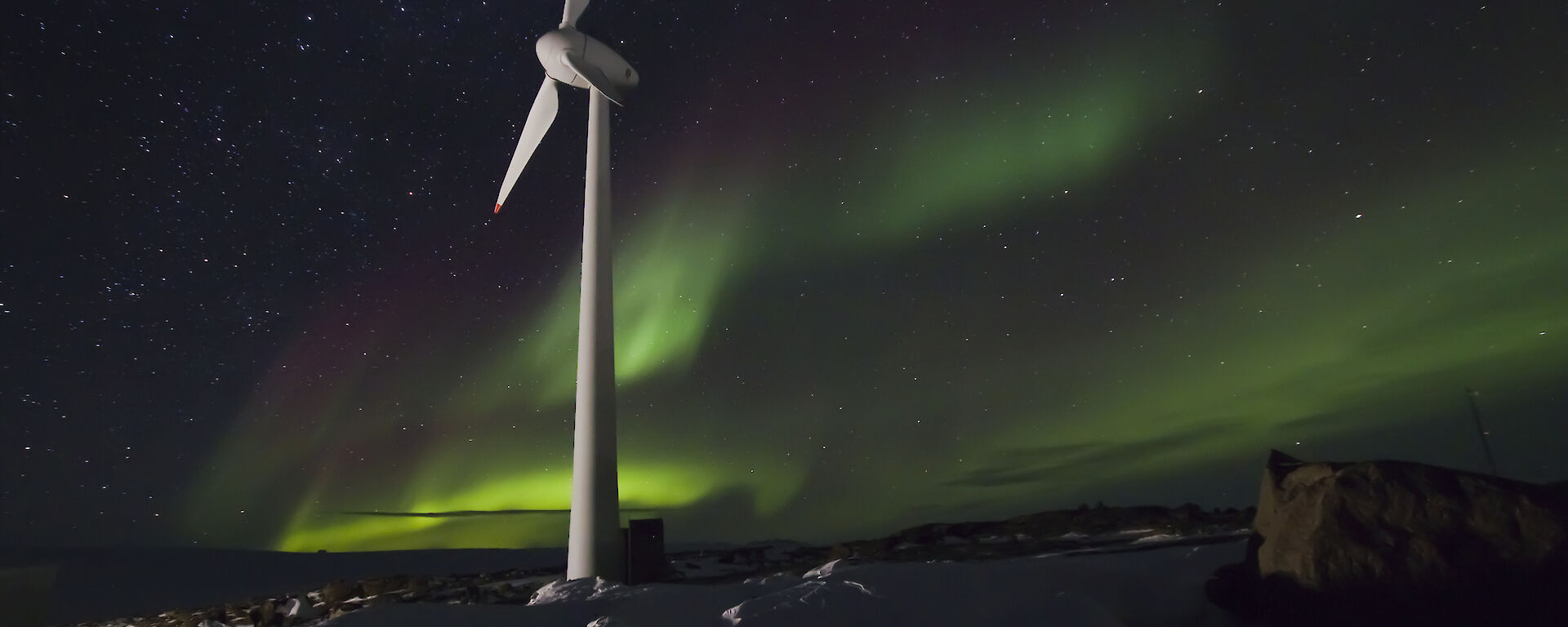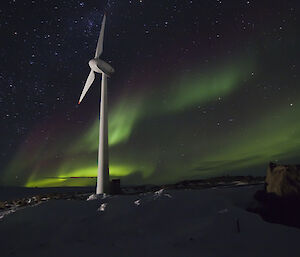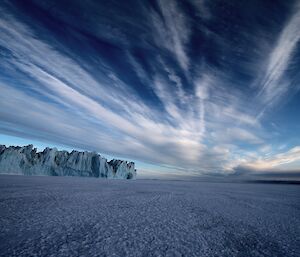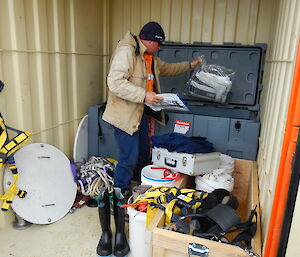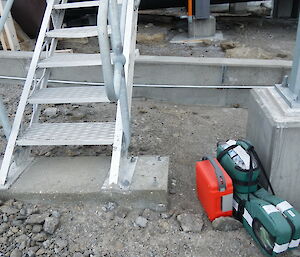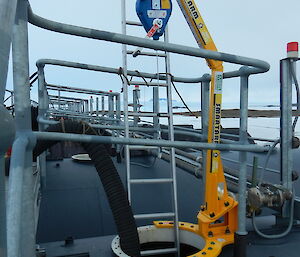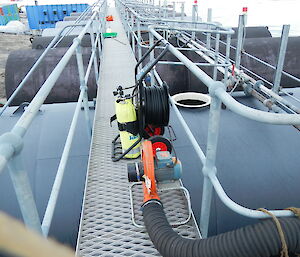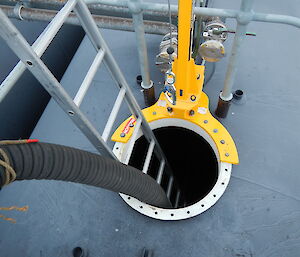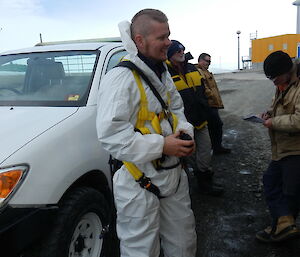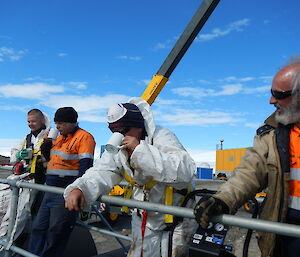Luc De Pauw is part of the meteorology team at Mawson. This week Luc has provided Mawson’s ‘Year in numbers’ or the yearly weather summary for 2013.
Objective
To create a comprehensive list of data and facts about the weather at Mawson for the calendar year 2013.
Wind
Wind run definition = the measure of the total distance of the travelled wind during a period of 24 hours.
Conclusion 2013 was windy. The average wind run per day was 8.3% above the long term mean. A total wind run of 382,700km results in an average wind speed of 43.7 kph during every hour of the year!
Record broken: Highest wind run measured for the month January = 36606km during. (Previous record was set at 35278km for the month of January)
Pressure
Conclusion: Air pressure was pretty much the same as the long term mean pressure.
No air pressure records broken during the year.
Sunshine
Conclusion: During the year we had nearly 20% less hours of sunshine compared to the long term mean.
Due to the geographic location the sun didn’t rise from 14 June 2013 till 29 June 2013 and didn’t set from 30 November 2013 till 13 January 2014. Although the sun did not set through this period the plateau did shade the station for a few hours each night.
Even though the sun didn’t set, its intensity when less than 5 degrees above the horizon is too weak to register on the sunshine recorder, hence the maximum amount of sunshine for any day during the year stands at 17.2 hours instead of the theoretically 24 hours.
No sunshine records broken during the year.
Phenomena
Definitions
Blowing Snow — Visibility reduced to less than 1km due to blowing snow.
Strong Wind — A Strong Wind day has wind in excess of 41km/h
Gale — A Gale is wind in excess of 63km/h.
Blizzard — When all the following conditions exist, it is termed a blizzard:
- Blowing snow
- Gale force winds (34 knots or more) and persisting for at least one hour
- Air temperature less than 0°C
- Visibility 100 metres or less
Note: Only the wind has time-based criteria and all weather elements MUST be observed “at time of observation”.
Conclusion
From our figures we can conclude 2013 was slightly warmer than the long term mean. Both Mean Daily Max and Mean daily Min are 0.4°C above the long term mean. No temperature records were broken during the year. The year 2013 was about average in pressure, slightly warmer in temperature, 10% windier and 20% less sunny compared to the long term mean. We had many more days of Snow, days of Strong wind and Gale force winds compared to the long term mean. We also had three more days of blizzards.

